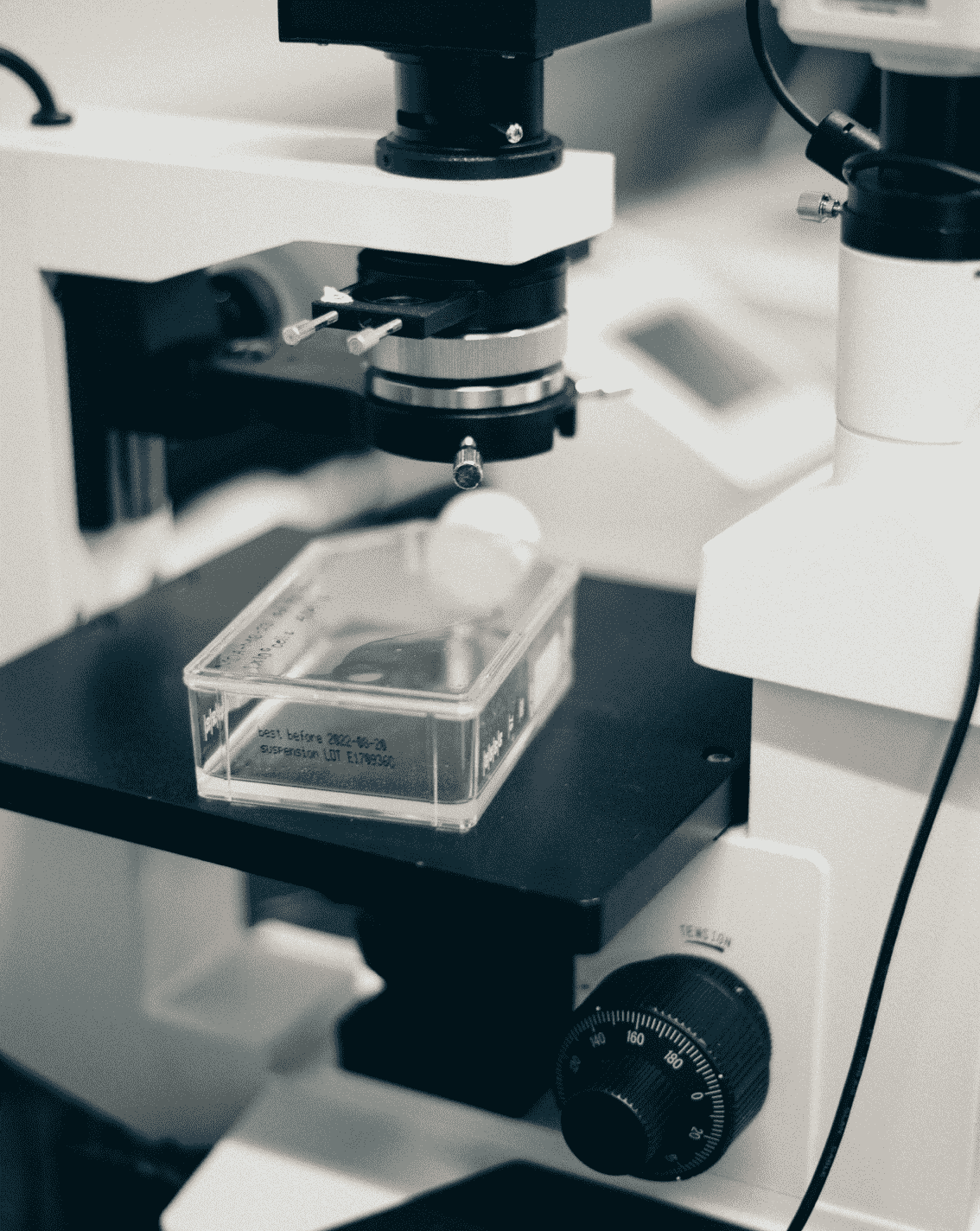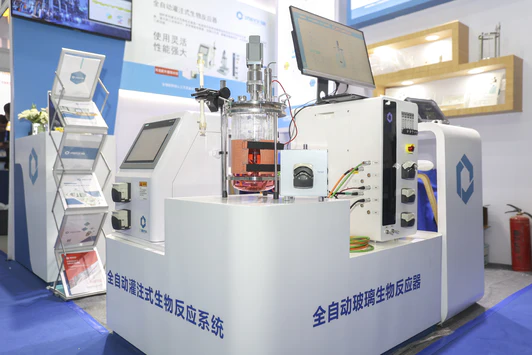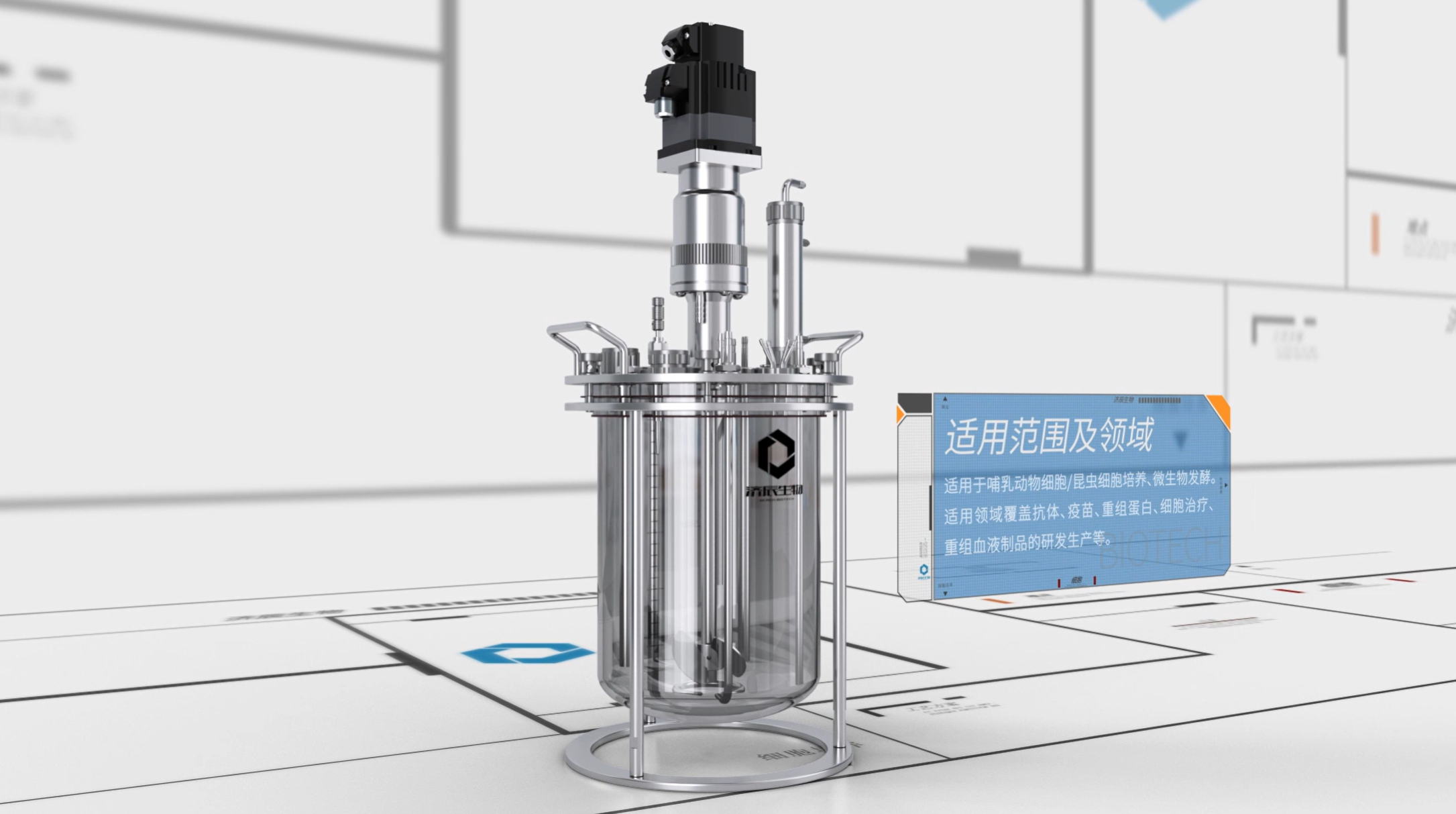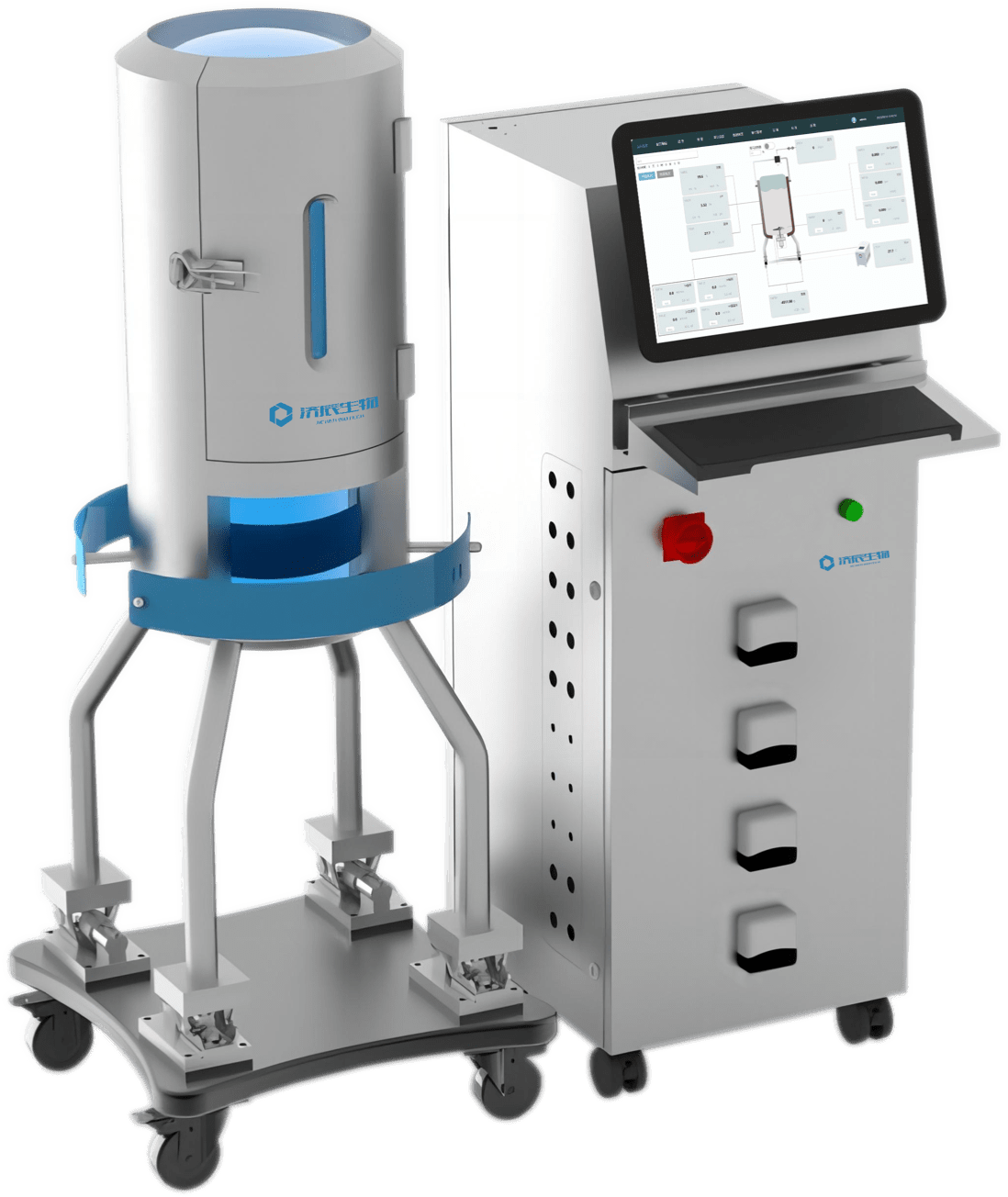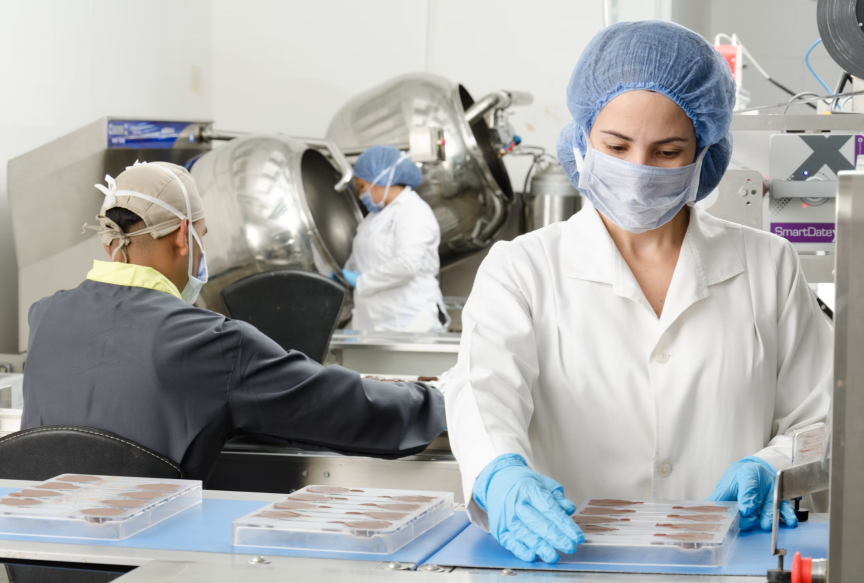The biopharmaceutical industry is one of the most promising industries in the 21st century, which relies on the application of biotechnology in cell culture, protein engineering, vaccine production and so on. In this process, bioreactor plays a crucial role as the core equipment. In this paper, we will discuss the key role of bioreactors in biopharmaceuticals and introduce some technological innovations and development trends.
Key roles of bioreactors in biopharmaceuticals
1. A hotbed for cell culture
Bioreactors provide cells with a growth space simulating the in vivo environment, and they are the Key equipment. In biopharmaceuticals, cell culture is the first step in the production of recombinant proteins, antibodies, vaccines and other products. {Efficient production of products
The growth of cells can be optimized by precisely controlling the environmental parameters in the bioreactor, thereby increasing the yield and quality of the target products. This is important for reducing production costs and improving drug efficacy.
3. Strict monitoring of the process
The bioreactor is equipped with a monitoring system that can real-time monitor the temperature, pH, dissolved oxygen, nutrient concentration and other key parameters in the cultivation process, to ensure the stability of the production process and product safety.
Technical innovations in bioreactors
}1. Advances in microbial reactors
Microbial reactors are mainly used in biopharmaceuticals to produce antibiotics, enzymes and so on. In recent years, microbial reactors have been able to produce a wider variety of biopharmaceuticals through genetic engineering techniques. Technological innovations include:
- The application of gene editing technology has improved the product expression of microorganisms.
- Application of flow-addition culture technology to realize high-density production of products.
2. Innovations in animal cell reactor
Animal cell reactor is mainly used in biopharmaceuticals for the production of antibodies, vaccines and so on. The following are some of the innovations:
- Development of serum-free culture media, which reduces production costs and improves product safety.
- The application of three-dimensional culture technology simulates the growth environment of cells in vivo and improves the quality of products.
3. Development of plant cell reactors
The application of plant cell reactors in biopharmaceuticals is gradually increasing, especially in the production of secondary metabolites. Technological innovations include:
- The application of immobilized cell technology, which improves the stability and product yield of plant cells.
- Development of photobioreactors, which utilize light energy to promote plant cell growth and metabolism.
Trends in bioreactors
1. Personalization and Intelligence
With the development of biotechnology, bioreactors will be more personalized and intelligent. Optimal culture conditions for different cell lines can be realized by precisely regulating reactor parameters.
2. Integration of systems biology and bioreactors
Using the research results of systems biology, we can optimize the design and operation of the bioreactor to improve the production efficiency of biopharmaceuticals.
3. Sustainable development and green production
Bioreactors will pay more attention to the sustainable development, and realize the green production through the reduction of energy consumption, and the generation of waste.
Bioreactors are the key link in the biopharmaceutical industry chain, and their technological innovation and development are of great significance in promoting the whole industry. With the continuous progress of science and technology, bioreactors will play a greater role in the field of biopharmaceuticals and make a greater contribution to the cause of human health.
